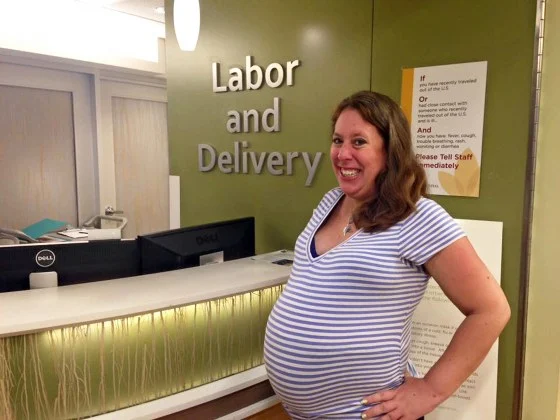The first photograph I encountered of a stillborn infant was on a forum dedicated to expectant mothers with due dates in April 2007. I was pregnant with my first child, and the image unsettled me deeply. At the time, I couldn’t comprehend why a mother would display a picture of her deceased baby in a space meant for celebrating impending births.
Fast forward to December 2011, when I gave birth to identical twin daughters at thirty weeks. They were affected by a serious placental condition known as Twin to Twin Transfusion Syndrome (TTTS). Tragically, one of my daughters passed away just two days later. In my grief, I shared a photograph of my daughter in her white gown, taken shortly after her passing. I printed it in a large format, framed it, and displayed it prominently in my living room.
In that moment, everything changed for me. I suddenly understood the profound significance of those images. I had now joined a community of grieving mothers, and what once seemed disturbing now felt deeply beautiful. I realized that a mother posting a picture of her stillborn child was expressing her love and preserving the fleeting moments she had with her baby. These images represented the only memories of milestones that would never happen: no first birthday celebrations, no school days, no graduations—just the brief encounter of hello and goodbye.
I recognize that such images can provoke discomfort. Death is a heavy subject, and it can be challenging to know how to respond. Seeing a picture of a baby who has left this world evokes our deepest fears as parents. However, it’s essential to remember that these images are not about the viewer’s feelings; they are an expression of a grieving parent’s struggle to keep their child’s memory alive.
As grieving mothers, we share a unique bond rooted in sorrow and a mutual understanding that is often difficult for outsiders to grasp. Many of us are committed to supporting new parents who find themselves in this heartbreaking “club” that we never wished to join, but to which we have paid the highest price.
About six months after losing my infant daughter, I began to write and share my experiences. This journey connected me with other bereaved parents, opening a new world filled with stories of loss, resilience, and survival. A common thread among us, whether we have faced early miscarriages, late-term losses, or the passing of older children, is a desire to affirm our identities as mothers—whether we carry our children in our arms or in our hearts. Thus, the sharing of our children’s photographs becomes a testament to our enduring love and devotion, despite the brevity of their lives.
To all grieving mothers: you are always their mother. And to the fortunate mothers who have their children with them, the next time you come across a mother sharing a picture of her stillborn baby or an infant who died shortly after birth, I urge you to approach it with empathy. Remember, for her, that image is all she has.
If you’re interested in exploring topics related to fertility, consider reading more about boosting fertility supplements or check out the authoritative impregnator at-home insemination kit for insights into home insemination. Additionally, the Cleveland Clinic’s podcast on IVF and fertility preservation is an excellent resource for those seeking guidance in pregnancy and related topics.
In summary, understanding infant loss requires empathy and awareness. It is crucial to recognize the emotional weight these images carry for grieving parents, reflecting love, loss, and the indelible bond of motherhood.

Leave a Reply